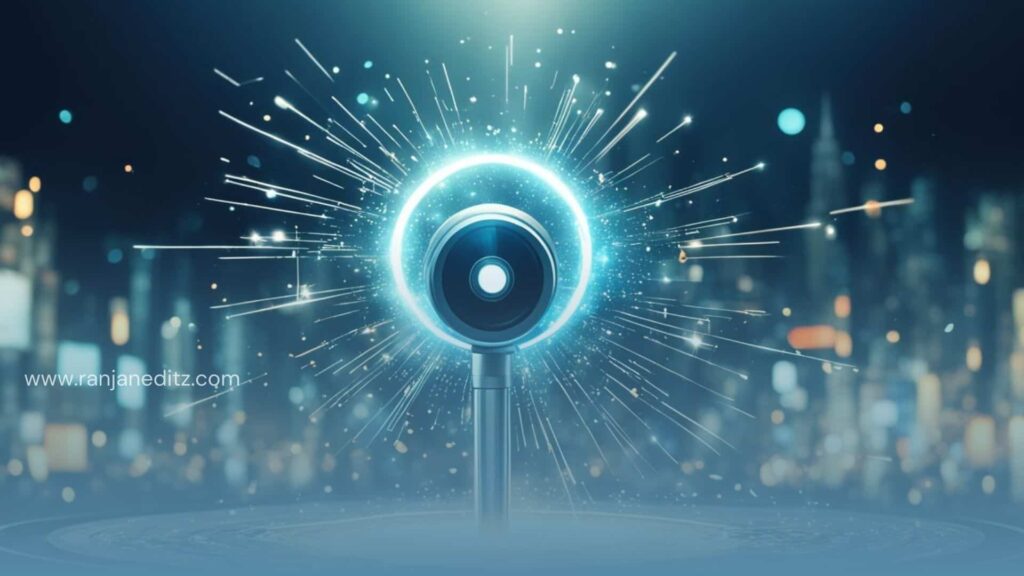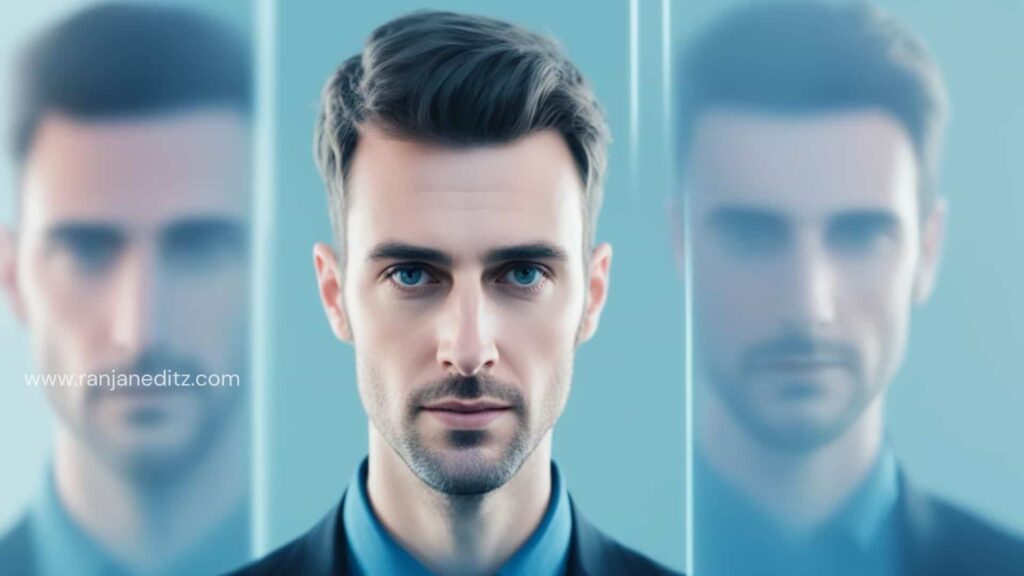Introduction: Bringing Photos to Life with AI
Photos capture moments in time, but imagine if they could tell a deeper story by coming alive with movement, effects, and even dialogue. Animating photos with AI is no longer limited to professional animators, it’s accessible to anyone with a computer and a little curiosity. This guide introduces the process and free tools to bring static photos to life in dynamic, captivating ways.
Table of Contents
Understanding AI’s Role in Photo Animation
AI has transformed how we edit and animate photos. Advanced technologies like natural language processing (NLP), computer vision, and machine learning enable anyone to animate images with ease. From simple movements to adding conversations, AI makes creative possibilities endless.
Popular Free AI Tools for Photo Animation
There are numerous free AI tools designed to add unique animations to your photos:
- DALL-E 2 – Best for creating visuals from text input.
- Stable Diffusion – Open-source option with extensive style applications.
- Deep Dream Generator – Adds surreal effects to photos for a dream-like quality.
Each tool offers a different animation style, so it’s worth experimenting to find the one that best aligns with your project.

Choosing the Right AI Tool for Your Project
With a variety of AI tools available, picking the right one depends on your goals. Are you looking for realistic motion, stylized effects, or interactive dialogue? Review each tool’s core features and consider what’s essential for your project. Free trials can help you explore each tool’s capabilities before committing.
Preparing Photos for Animation
Before diving into animation, prepare your photos to ensure smooth processing:
- Image Format – Stick with high-quality formats like PNG or JPEG.
- Resolution – Opt for images at least 1080p to retain details.
- Image Quality – Use well-lit, clear images for best results.
Proper preparation guarantees better animations and fewer issues.
Step-by-Step: How to Animate Photos with Free AI Tools
Here’s a step-by-step breakdown to turn static photos into moving, expressive images:
- Choose Your Tool – Select an AI tool that matches your project’s requirements.
- Upload Your Image – Import your prepared photo into the tool.
- Apply Animation – Follow the tool’s guide to add movements, effects, or dialogue.
- Preview and Edit – Check the results, make tweaks, and re-render if needed.
It is free and there are many online tools to do this which will make gif photos with artificial intelligence, and you will also not require special skills. This is one of the most effortless ways to create beautiful visuals because these tools perform all the hard work for you. Get creative and be joyful towards your images!
Adding Movement to Static Photos
Movement brings photos to life and can transform a simple image into an eye-catching visual. Tools like Deep Nostalgia offer AI-powered animation specifically for portraits, creating a lifelike movement effect. Experiment with different settings to achieve your desired look—whether a subtle sway or a dramatic motion.
Enhancing Photos with AI-Generated Special Effects
From adding filters to applying overlays, AI can take a standard image and make it extraordinary. Some AI tools allow for:
- Overlay Effects – Add rain, snow, or sparkles.
- Artistic Filters – Apply styles like watercolor, pencil sketch, or comic book.
- Textures – Give your photos a vintage or cinematic look.
These effects offer flexibility to turn your photo into a true masterpiece.

Creating Captions and Dialogue Using AI
AI-generated captions or dialogue can add an extra layer of storytelling. Tools like GPT-3 can generate realistic text, making photos speak for themselves. Whether you’re adding thought bubbles or crafting a storyline, text can guide viewers through your animation.
Integrating Conversational AI Assistants in Photo Animation
Conversational AI assistants, such as AI-powered chatbots, are excellent for adding interactive dialogues. Imagine a photo that responds to questions or provides background info about its scene. This makes the viewer experience more personal and engaging, adding depth to the animation.
Voiceovers and Audio in Photo Animations
Adding AI-generated voiceovers is another way to enhance animations. Free tools like Speechify convert text to audio, making it easy to add narration. Audio complements visual effects and provides an immersive, storytelling experience.
Advanced Techniques: Combining Multiple AI Tools
Combining different AI tools opens up advanced animation possibilities. For example, pair text generation with image recognition to add contextual captions that match the photo’s setting. Integrating speech recognition adds an interactive layer, making photos respond to audio commands.
Tips for Making Animations Look Professional
Achieving a professional look takes more than tools—it’s about details. Consistency in motion, quality images, and appropriate effects are key. Avoid overloading photos with animations; subtlety often works best. Take your time with final touches, and always preview the results to catch small errors.
Saving and Exporting Your Animated Photos

Exporting animations in high quality ensures your work looks polished across platforms. Formats like GIF, MP4, and MOV are commonly supported. Ensure settings are adjusted to prevent compression loss, especially for social media sharing.
Conclusion: The Future of AI in Photo Animation
With free AI tools, photo animation has become accessible to all. Now, anyone can create engaging animations, no matter their skill level. AI allows endless possibilities in digital storytelling, and there’s no better time to dive in. Explore, experiment, and watch your photos come alive in ways you never imagined!
FAQ
What are the best free AI tools for photo animation?
Popular options include DALL-E 2 for text-to-image creation, Deep Nostalgia for lifelike animations, and Stable Diffusion for stylized effects.
How do I choose the right tool for my photo animation project?
Consider what features you need. For instance, if you want text captions, GPT-3 may be best. Experiment with different tools to find one that fits your vision.
What technical requirements should I consider for photo animation?
Use high-quality images in PNG or JPEG formats, with a minimum resolution of 1080p. Clear, well-lit photos lead to better animations.
Can I use AI for captions and dialogue in photo animations?
Yes, AI models like GPT-3 can generate natural dialogue and captions, adding a storytelling element to your animations.
Is it possible to combine multiple AI tools for advanced photo animation?
Absolutely! Integrate different tools like text generation and image recognition for unique, layered effects that make your animations stand out.

